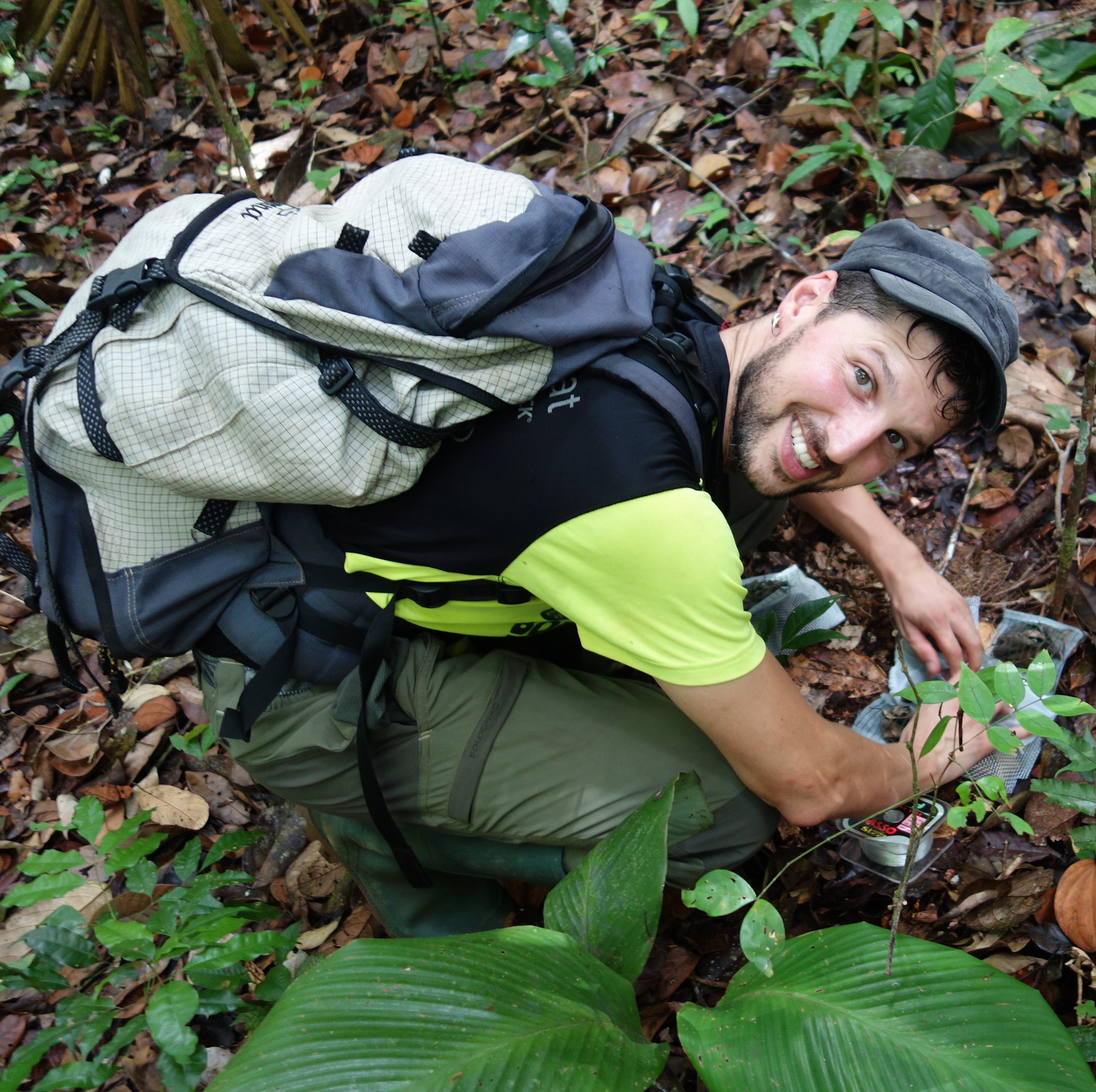Community ecology, forests and biodiversity: studying the response of ecosystems to changes
Dr. Guillermo Peguero, researcher in ecology and biodiversity at the Biodiversity Research Institute, focuses his research on community ecology and biodiversity, specifically soil communities. He explores the factors that generate and maintain biodiversity, the coexistence, and interactions of species and their essential role in the functioning of ecosystems. He also focuses on the response of biodiversity to the drivers of global change.
Functional biodiversity and terrestrial ecosystems
The study of biodiversity in the soil community, by Dr. Peguero's team, focuses on soil fauna (especially arthropods), insect-plant relationships and interactions with microbial communities and other organisms in both Mediterranean and tropical regions.
Soil fauna is closely linked to bacteria and fungi, contributing to essential ecosystem functions such as the decomposition of organic matter and nutrient recycling. These interactions benefit carbon sequestration and plant growth. In this context, Dr. Peguero focuses on a more applied perspective of ecosystem functioning and the factors that determine their dynamics, with the aim of improving agricultural practices to promote sustainability.
In addition, through the study of soil arthropods and their interactions with the environment, it is possible to understand the dynamics in the adaptation and response of ecosystems to climate change and global change. Being able to predict future responses to global change in soil communities will allow us to know the availability of nutrients in the soil, the changes in biogeochemical cycles and how it will affect soil biodiversity and functionality.
Advanced technologies and key discoveries
Advanced technologies such as metabarcoding and elemental analysis allow us to explore the diversity of soil insects, especially in tropical regions with a rich but still poorly documented biodiversity. Through these methods, the researcher highlights the impacts of climate change and other global threats on terrestrial ecosystems.
One of their most notable discoveries is that responses to climate change experiments, which use experimental manipulations across a broad biogeographic gradient, are context-dependent. For example, in a Mediterranean environment, a two-degree rise or a 20% reduction in rainfall impacts a dry area much more than a wet area. These differences are clearly seen in the responses of springtails, a key group of soil fauna, both in the composition of their communities and by their functional attributes.
Another notable discovery is the use of DNA metabarcoding data to study diversity in complex groups and communities of soil insects in places such as the tropics. These data have revealed surprising results about the diversity and heterogeneity of these communities at very small spatial scales, forcing a rethinking of basic concepts such as species and their delineation.
Innovative Projects and Future Challenges
Currently, Dr. Peguero leads an innovative project funded by the National Plan, called "E-TRAITS" (Elementum, Functional Traits, Life History Traits), which investigates how the elemental composition of organisms is associated with their functional attributes and life history characteristics. This initiative promises to transform the way we understand and manage ecosystems, offering valuable tools for biodiversity conservation and the implementation of sustainable agricultural practices, as well as practical implications for pest management and climate change.
With collaborations with institutions such as the Smithsonian Tropical Research Institute and the University of Texas, Dr. Peguero continues to lead research that connects science and conservation, making a significant contribution to the understanding and preservation of terrestrial ecosystems.
